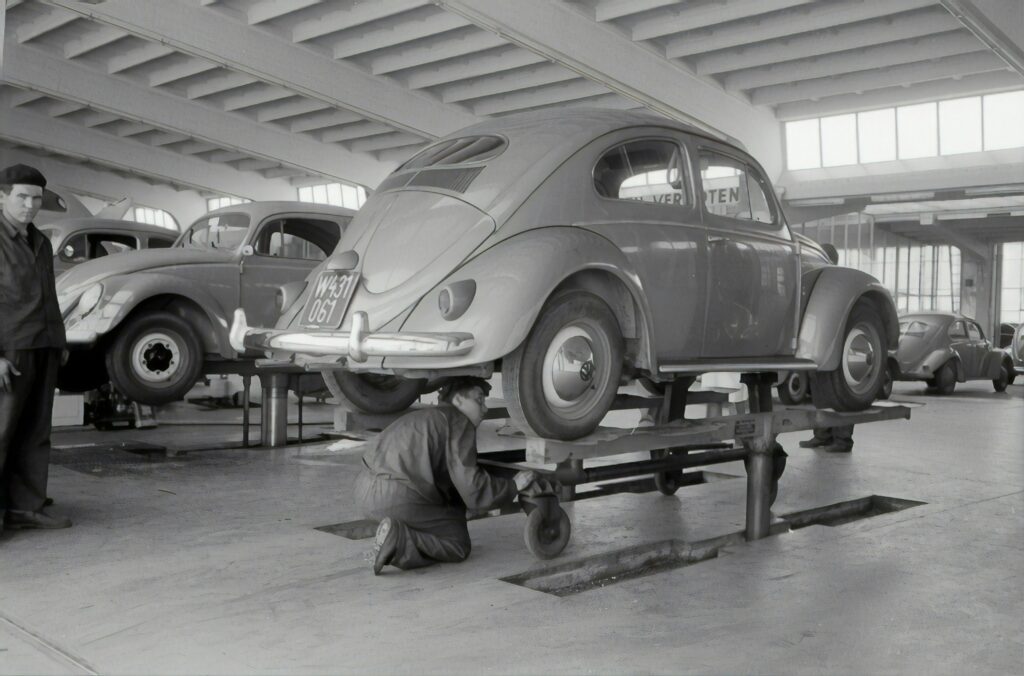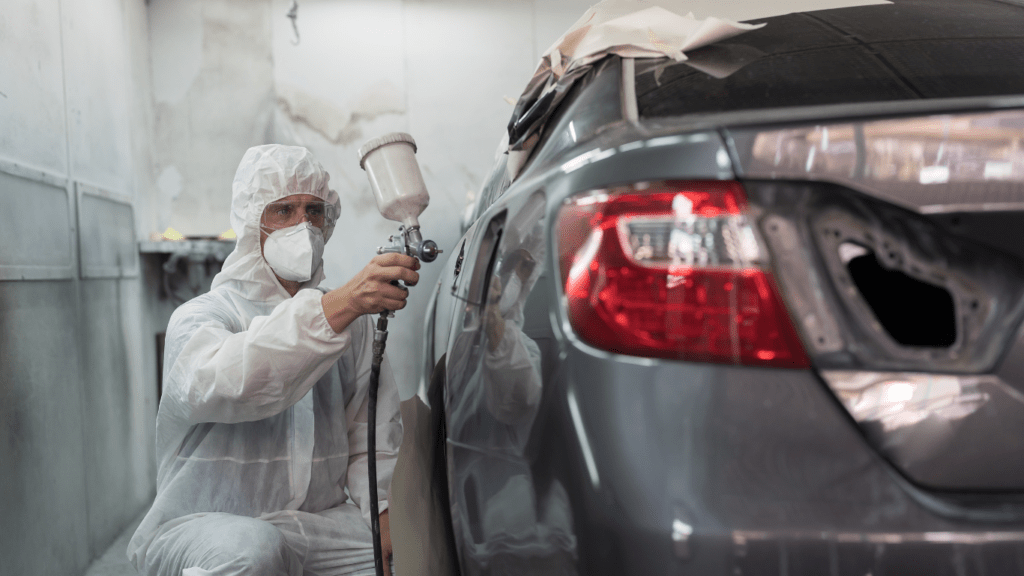What’s Driving the Labor Crunch
The auto industry has a workforce problem and it’s not going away anytime soon. Across North America, Europe, and parts of Asia, manufacturers are struggling to find and keep skilled workers. From toolmakers to robotics techs, experienced talent is thinning out.
Part of the issue is age. A big slice of the current workforce is nearing retirement, and the pipeline behind them isn’t exactly brimming. Fewer young people are choosing careers in manufacturing or the skilled trades. Instead, they’re chasing tech jobs, freelance paths, or avoiding factory work altogether due to outdated stereotypes.
Add in the hangover from the pandemic when shutdowns, layoffs, and supply chain chaos disrupted training programs and pushed many workers into other industries and the talent drain becomes clearer. Interest in stable, long term factory roles hasn’t bounced back like you’d expect. And without a reliable flow of skilled labor, the entire system grinds slower. The gap is growing. What once was a skills challenge is turning into a structural crisis.
AI as a Game Changer, Not Just a Stopgap
As labor shortages persist across the global auto industry, manufacturers are turning to artificial intelligence not just as a temporary fix, but as a critical component of long term strategy. AI is no longer confined to research labs or theoretical roadmaps. It’s actively reshaping auto manufacturing on the ground, delivering solutions that reduce human strain while increasing efficiency.
Filling the Gaps Left by Labor Shortages
Manufacturers are deploying AI strategically to take on some of the work traditionally assigned to human labor, particularly in high demand or repetitive areas. This helps ease the impact of skilled labor scarcity without compromising output quality.
AI technologies are augmented into existing operations to increase throughput.
Short handed plants are using automation to maintain production schedules.
AI speeds up processes that previously relied on manual precision.
Smarter Robots on the Assembly Line
Today’s robots operate beyond simple, repetitive tasks. Machine learning enables them to adapt and work alongside humans in more collaborative, responsive ways.
Collaborative robots (cobots): Work directly with humans, handling tasks that aid rather than replace the workforce.
Replacement grade robots: Deployed in high risk or highly repetitive zones, where safety and efficiency take precedence.
Real time adaptability: Robots can now detect environmental shifts, altering their approach based on sensor data.
Intelligent Systems Behind the Scenes
AI isn’t confined to the visible production line. Its real power often lies in the backend, where it enhances decision making and operational oversight.
Predictive maintenance: AI flags equipment issues before breakdowns occur, reducing costly downtime.
Defect detection through computer vision: Algorithms catch manufacturing flaws during production, improving quality control.
Supply chain optimization: AI helps forecast material needs, adjust logistics efficiently, and reduce waste.
This shift toward AI does more than plug immediate labor gaps it sets the stage for a more adaptive, tech driven manufacturing ecosystem. The emphasis now lies in designing systems where human insight and automated precision coexist, complementing each other in ways that redefine what modern assembly can look like.
Redefining Human Roles on the Line

As artificial intelligence becomes more embedded in automotive manufacturing, human roles are rapidly evolving. The traditional image of monotonous assembly line work is giving way to tech enabled, dynamic responsibilities that prioritize oversight, problem solving, and creativity.
Tech Driven, Less Repetitive Jobs
Factory jobs of the future are increasingly focused on managing and interacting with complex technologies rather than executing repetitive tasks. This shift not only enhances job satisfaction but also opens doors to new kinds of manufacturing careers.
Operators are becoming supervisors of automated systems
Roles focus more on quality assurance, data interpretation, and process optimization
Manual labor is decreasing as cognitive and tech based work increases
Upskilling vs. Hiring New Specialists
Faced with a growing need for AI fluency on the line, manufacturers are adopting one of two strategies:
Upskilling Existing Employees
Investing in digital literacy and advanced training for current staff
Leveraging familiarity with workflows to bridge new technologies
Hiring AI Specialists
Bringing in software engineers, data analysts, and system integrators
Creating hybrid teams that blend manufacturing experience with tech expertise
For long term competitiveness, most companies are choosing a combination of both approaches.
Internal Training Programs: The New Norm
To keep pace, automakers are increasingly developing formal training pipelines. These programs are designed to equip employees with the skills needed to operate, manage, and collaborate with AI systems.
Training modules now include robotics, machine learning basics, and data handling
On the job learning is being supported by partnerships with tech institutions
Certification programs for digital manufacturing roles are gaining traction
The future will favor automakers who invest not just in technology, but in the people who power it.
Pressure on Legacy Manufacturers to Catch Up
Established automakers are facing mounting pressure to modernize their manufacturing operations fast. The rise of artificial intelligence and automation technologies has created a clear divide between legacy brands and nimble startups that were built for this new tech driven landscape.
Big Players vs. Agile Startups
While the bigger names in automotive manufacturing often have the capital and infrastructure, they’re also burdened by legacy systems, outdated workflows, and slower internal decision making processes.
Large automakers tend to move cautiously due to scale and risk management
Long established SOPs (standard operating procedures) often resist rapid change
Compliance and stakeholder alignment can slow innovation cycles
In contrast, startups are built to move quickly.
Advantages of Smaller Firms in AI Deployment
Emerging companies and tech focused startups have the edge when it comes to integrating AI:
Fewer legacy systems to overhaul
Ability to design AI first workflows from the ground up
Faster adoption of agile methodologies and pilot programs
These firms can turn ideas into action much more quickly implementing predictive analytics, smart robotics, and cloud based monitoring without endless internal red tape.
The Innovation Ripple Effect
This rising influence of startups is now reshaping the overall pace of transformation across the industry. Larger companies are taking note and, in many cases, investing in or partnering with these younger firms.
For a deeper dive into how startups are driving this wave of innovation, check out this related read: How Startups Drive Automotive Innovation: Insights & Challenges
Automation Meets Innovation
AI isn’t taking over the factory floor it’s joining it. Hybrid workflows are becoming the default, pairing machine speed with human judgment. In practice, that means tasks like sensor calibration, weld inspection, or painting are often managed by intelligent systems, but with human workers overseeing, tweaking, and stepping in when nuance matters.
Take BMW’s production line in Dingolfing. AI systems monitor torque in real time as robotic arms secure bolts in engine components. If anything drifts outside the acceptable range, the system stops and alerts a technician who decides if it’s an error or a valid variation. That tight loop between machine detection and human decision making keeps both quality and efficiency in check.
In Tesla’s Fremont facility, AI handles everything from inventory logistics to visual inspections. Cameras and models catch defects faster than any human eye, flagging parts before they hit final assembly. Meanwhile, line workers focus more on problem solving than screwing in bolts. That reallocation of labor is cutting production time and pushing down the cost per unit.
The result? Fewer mistakes, tighter timelines, and cars that roll off the line at a higher standard. But the big win is versatility. These hybrid systems allow automakers to scale fast, tweak processes on the fly, and react to supply chain disruptions in near real time. For an industry with tight margins and global pressure, that’s no small thing.
What It Means for the Industry’s Future
The labor shortage in auto manufacturing isn’t a phase it’s the new norm. With fewer skilled trades entering the field and an aging workforce clocking out, the gap isn’t closing anytime soon. For automakers, that means AI isn’t just a temporary workaround. It’s here for good, woven into everything from quality control to inventory flows.
This shift is also giving rise to new players. Startups and tech first firms ones not bogged down by decades of legacy systems are stepping up. They’re designing cars and platforms with AI integration in mind from day one. Their flexibility and speed are turning heads in what used to be an ironclad industry.
In short, the factory floor is no longer defined by grease stained overalls. It’s a high tech environment. Software expertise matters as much as mechanical knowledge. Manufacturing in the 2020s is evolving into a domain where coding, analytics, and real time data are just as critical as torque specs.
For deeper insights, explore this view on startup innovations.




